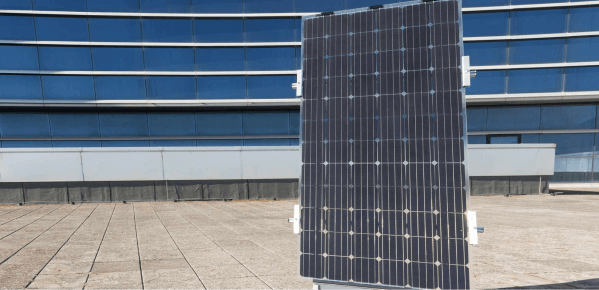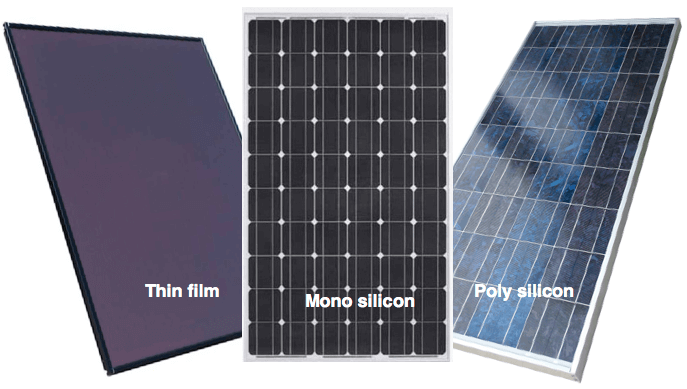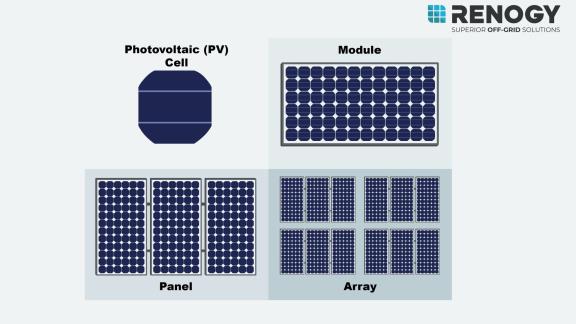The Ultimate Guide to Solar Modules
Solar panels, or solar modules, mean clean power for our homes and workplaces. They're getting more popular as they get better and cheaper. Solar modules bring a low-cost, green option to old-time energy. This guide helps you grasp solar modules. You'll learn what they are, how they operate, the various forms there are, and how to see if solar modules suit you. This guide will boost your knowledge of this key green energy tech.
What Is a Solar Module?
Ever wondered about a solar module? It's another name for a solar panel! Its job: turning sunlight into electricity. How does it do this? Simple. The module has numerous solar cells joined together. What are these solar cells made of? Usually, it's semiconducting material like silicon. Sunlight strikes these solar cells. This process stirs up the silicon's electrons. Metal parts within the cells snag these loose electrons.
They shove them into wires, creating an electrical current. Multiple solar cells clumped together create a solar module. But it doesn't stop there! These modules can then band together to make huge solar arrays. These arrays can power everything from tiny gadgets to massive buildings.

Types of Solar Modules
We have different kinds of solar modules. Each of these has unique materials to harness and convert sunlight into power. Let’s discuss a few of these.

Monocrystalline Solar Modules
The first type is the Monocrystalline solar module. This panel is made from one solid silicon crystal. Since these atoms are neatly arranged, they are very good at turning sunlight into electricity. Efficiency is between 15%-20%. These are pricier than others but they make up for it in efficiency.
Polycrystalline Solar Modules
Next type is the Polycrystalline solar module. These are made with bits of multiple silicon crystals. Because the atoms are jumbled, they are not as good at converting sunlight, hitting efficiencies of 13-16%. However, they are easier and cheaper to make than the Monocrystalline.
Thin-Film Solar Modules
Then we have Thin-Film solar modules. Instead of silicon, they use ultra-thin layers of light-sensitive materials like Cadmium Telluride. Fewer raw materials mean they're less expensive. They are also more flexible but tend to have less efficiency, at 7-13%.
Organic Photovoltaic Modules
Lastly, we have Organic Photovoltaic modules. Instead of silicon, these solar modules use plastics and other light-sensitive organic materials. They are lightweight and can be semi-transparent. Though they're efficient at 8-12%, they are a hopeful future technology in the world of solar modules.
How Does a Solar Module Work?
Ever wonder, "What makes solar modules work?" It's all about a process called the photovoltaic effect. The panel is made of a special material called a semiconductor. When sunlight hits the surface of a solar module, these sunlight particles, or photons, are super charged up. They're so energetic that they boot electrons right off the atoms in the semiconductor. A hidden electric field in the solar modules moves these electrons from the positive atoms to metal wires inside. This one-way electron dash is what we know as electricity flow. Here are the detail steps about how does a solar module work.
- Light absorption: The module contains photovoltaic cells made of semiconductor materials, typically silicon.
- Electron excitation: When sunlight hits these cells, it energizes electrons in the material.
- Electron flow: The excited electrons move, creating an electric current.
- Voltage generation: Built-in electric fields in the cells direct this current.
- Power output: The current is collected and converted into usable electricity.
- Inverter conversion: For most applications, an inverter changes the DC power to AC.
How Efficient Are Solar Modules?
Solar module efficiency is a critical factor in determining the overall performance and economic viability of solar energy systems. The efficiency of a solar module refers to its ability to convert sunlight into usable electricity, typically expressed as a percentage of the total solar energy that falls on the panel. Higher efficiency translates to more power output from a given area and potentially lower costs over time. Most panels available in the market boast an efficiency rate between 15% and 22%. In testing labs, experimental panels do better, reaching up to 47% efficiency. Yet, these labs' conditions aren't easy or cheap to replicate on a big scale. Multiple factors impact the efficiency of the commercially available solar modules today.
Semiconductor material
The choice of semiconductor material is crucial because it directly determines how effectively light is absorbed and converted into electricity. Silicon is the most common material due to its abundance and reasonable efficiency, but its indirect bandgap limits its theoretical maximum efficiency. More advanced materials like gallium arsenide or multi-junction cells can achieve higher efficiencies by capturing a broader spectrum of light, but at significantly higher costs. The material's properties, including its bandgap, electron mobility, and defect density, all play critical roles in determining the ultimate efficiency of the solar module.
Temperature
Temperature significantly impacts solar module efficiency because semiconductor properties change as they heat up. As temperature increases, the bandgap of the semiconductor narrows, leading to a decrease in open-circuit voltage. This results in lower power output and reduced efficiency. For most silicon-based solar cells, efficiency decreases by about 0.5% for every degree Celsius increase above 25°C (77°F). This effect is particularly important in hot climates or during peak sunlight hours when modules can reach high temperatures. It's why technologies like cooling systems or materials with better temperature coefficients are areas of active research and development.
Cell design and construction
The specific design and construction of solar cells within a module greatly influence efficiency. This includes factors such as surface texturing to reduce reflection, anti-reflective coatings to capture more light, optimized electrical contact layouts to reduce resistive losses, and back surface fields to improve carrier collection.
Shading and soiling
Shading and soiling are critical because they directly impact the amount of light reaching the solar cells. Even partial shading of a single cell can disproportionately reduce the output of an entire module or string of modules due to the series connection of cells. This is why technologies like bypass diodes and optimization at the module level are important. Soiling, which includes dust, dirt, pollen, and other debris accumulating on the module surface, can significantly reduce light transmission. In some environments, soiling can reduce annual energy yield by 5-20% if not addressed. The impact is particularly severe in dry, dusty areas or regions with infrequent rainfall.
Solar Module vs Solar Panel: What is the Difference?

While the terms "solar module" and "solar panel" are often used interchangeably, there is a subtle technical difference between them.
A solar module is the basic unit of a photovoltaic system. It consists of a group of connected solar cells, typically 60 or 72, encapsulated in a frame with a glass cover. This is the fundamental building block of solar energy systems.
A solar panel generally refers to a collection of solar modules. In many cases, especially in residential installations, a single module is called a panel, which contributes to the confusion. However, in larger installations, multiple modules may be grouped together to form a larger panel.
| Aspect | Solar Module | Solar Panel |
|---|---|---|
| Definition | Basic unit consisting of connected solar cells | Can refer to a single module or a collection of modules |
| Scale | Individual unit | Can be individual or multiple units grouped together |
| Installation Context | Used in all types of installations | Often used interchangeably with module in residential settings; can mean a group of modules in larger installations |
| Technical Specifications | More precise term for discussing wattage, efficiency, etc. | Less precise, may refer to individual module or group specifications |
| Industry Usage | Preferred term among solar professionals and manufacturers | More common in general consumer contexts |
| System Design | Used for specific planning and calculations | May be used more generally in overall system descriptions |
Conclusion
Solar modules provide a green power option, changing the sun's light to electricity. As tech advances and prices drop, these systems are a cost-effective, renewable energy solution for homes and businesses. We explored how solar modules work, their different kinds, and key efficiency aspects and terms. Armed with these insights, consider if solar modules could be a good fit for your energy needs, all while being kinder to our planet.
FAQs
1. What are the main advantages of solar modules?
Solar modules provide renewable, clean energy from sunlight. Once installed, the fuel source is free. Solar modules produce no direct emissions, reducing environmental impact. They can be installed on homes and businesses to reduce electricity bills. As technology improves, solar power keeps getting more affordable and efficient.
2. How long do solar modules last?
Solar modules typically have a lifespan of 25-30 years. Most manufacturers provide warranties for 25 years, guaranteeing that the modules will produce at least 80% of their rated power after this period. However, many modules continue to function beyond this timeframe, albeit with gradually decreasing efficiency.
3. How much power does a typical solar module produce?
The power output of a solar module varies depending on its size and efficiency. Most residential solar modules produce between 250 to 400 watts under standard test conditions. However, actual power output depends on factors like sunlight intensity, angle of the sun, temperature, and shading. For example, a 300-watt module might produce about 1.2 kWh per day in ideal conditions (4 peak sun hours) around 438 kWh per year in a typical installation










